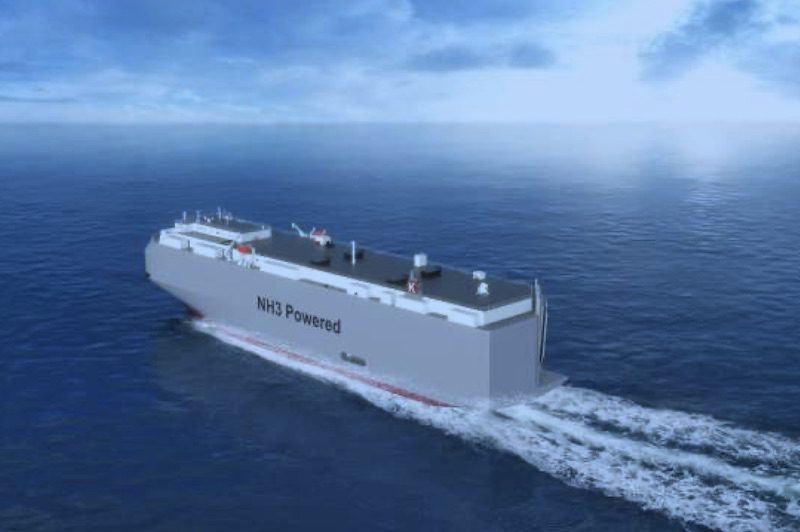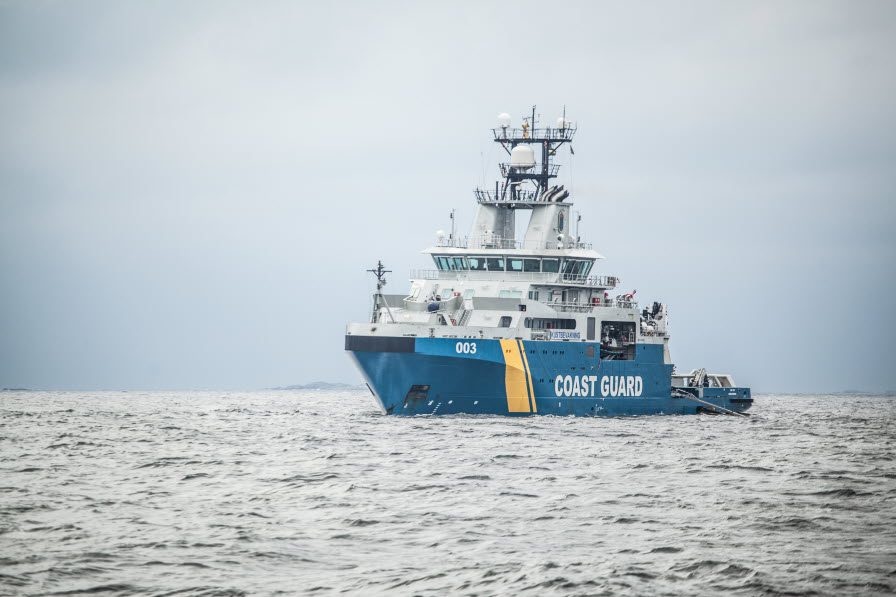A concept design for an ammonia-fueled car carrier developed in Japan has been granted Approval in Principle.
Japanese shipping company “K” Line announced the award by Japanese classification society ClassNK.
The design was developed in partnership with Shin Kurushima Dockyard as part of a project to explore next-generation alternative fuels that can help the shipping industry decarbonize.
While the International Maritime Organization initial strategy target targets only a 50% reduction of total GHG emissions by 2050 from to 2008 levels, K Line and others in the shipping industry have committed to net zero emissions during that same timeline, signing on as members of the Global Maritime Forum’s Getting to Zero Coalition.
“The world is facing an urgent need to strengthen its measures to climate change, and governments and industries are accelerating their efforts to achieve net zero GHG emissions in 2050. Under such circumstances, our group is challenging to achieve a higher goal…, and this research is one of the initiatives that will lead to the goal in 2050,” K Line said.
Shin Kurushima Dockyard explained a little bit about the technology in a press release (translated by Google):
“[Ammonia] is attracting attention as a next-generation marine fuel that greatly contributes to “reduction.”
On the other hand, when handling ammonia as a fuel, ensuring safety against its “toxicity” is the minimum condition for using it as a fuel. In addition, by implementing HAZID (Hazard Identification) for the leakage risk related to the “toxicity” of ammonia, the design incorporates safety measures against the potential leakage risk of ammonia.
Since ammonia, which requires a fuel volume per calorific value compared to heavy oil and LNG, is used as fuel, in addition to considering the arrangement of fuel tanks that satisfy the cruising range without operational restrictions, stress corrosion caused by ammonia With regard to various problems such as cracking countermeasures, the concept is to make the design more realistic by selecting realistic materials and determining the tank size that can be manufactured with existing technology and manufacturing equipment.”

 Join The Club
Join The Club











